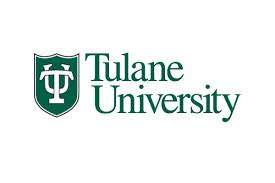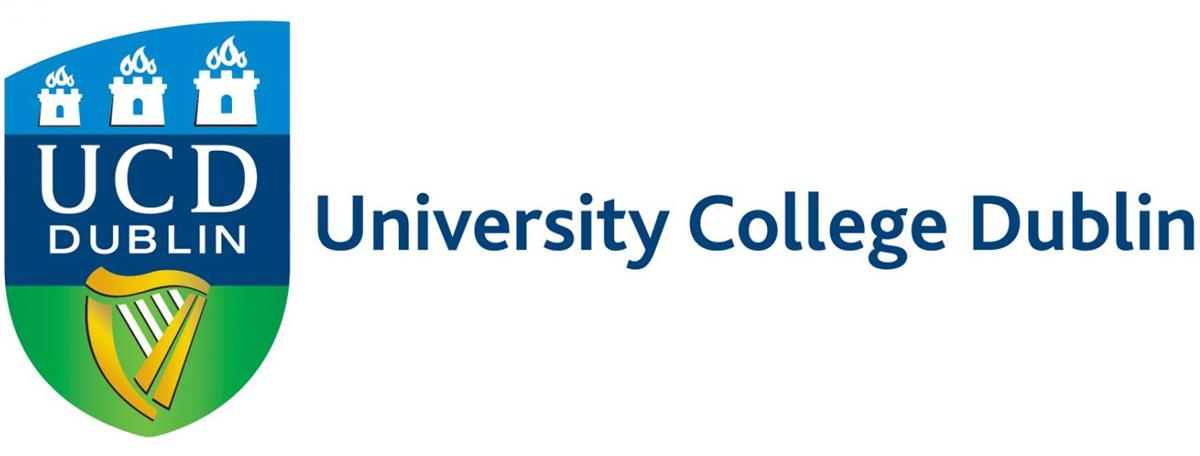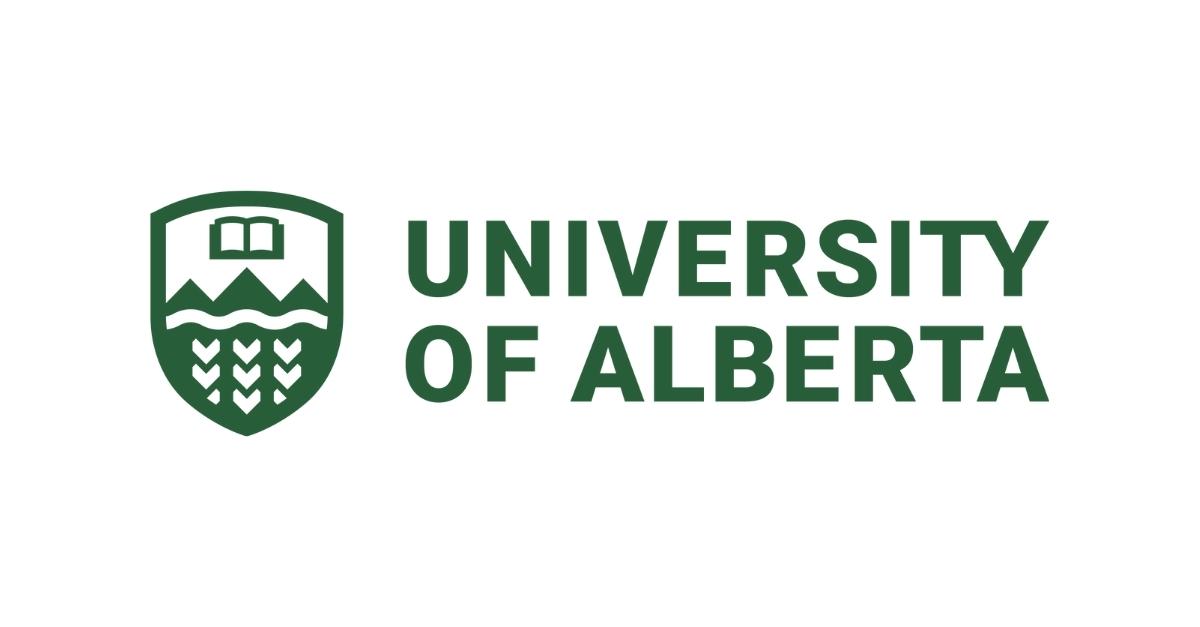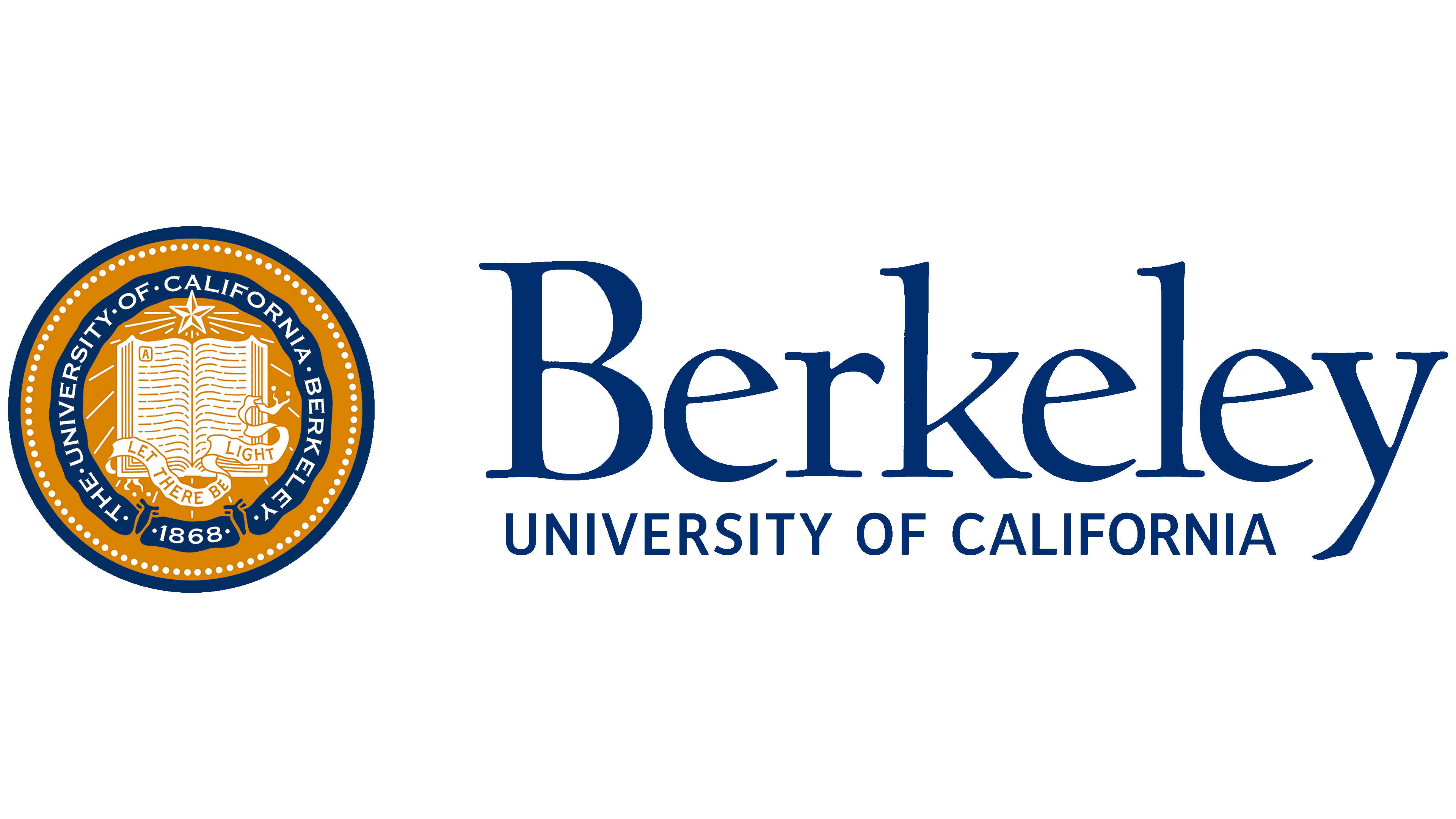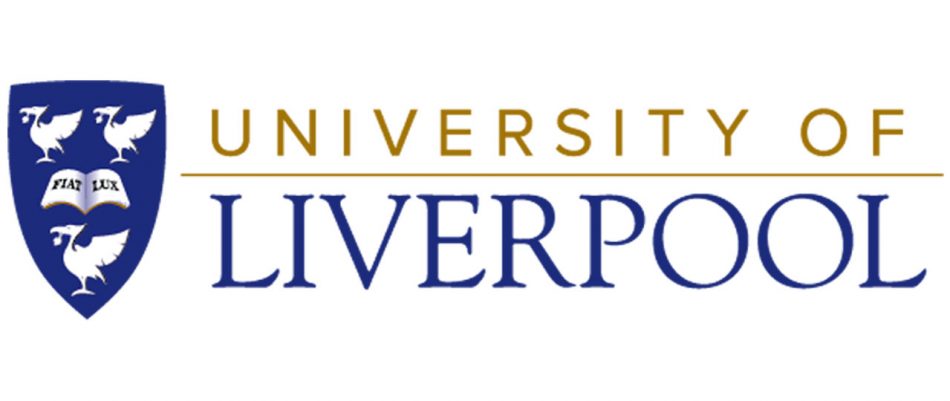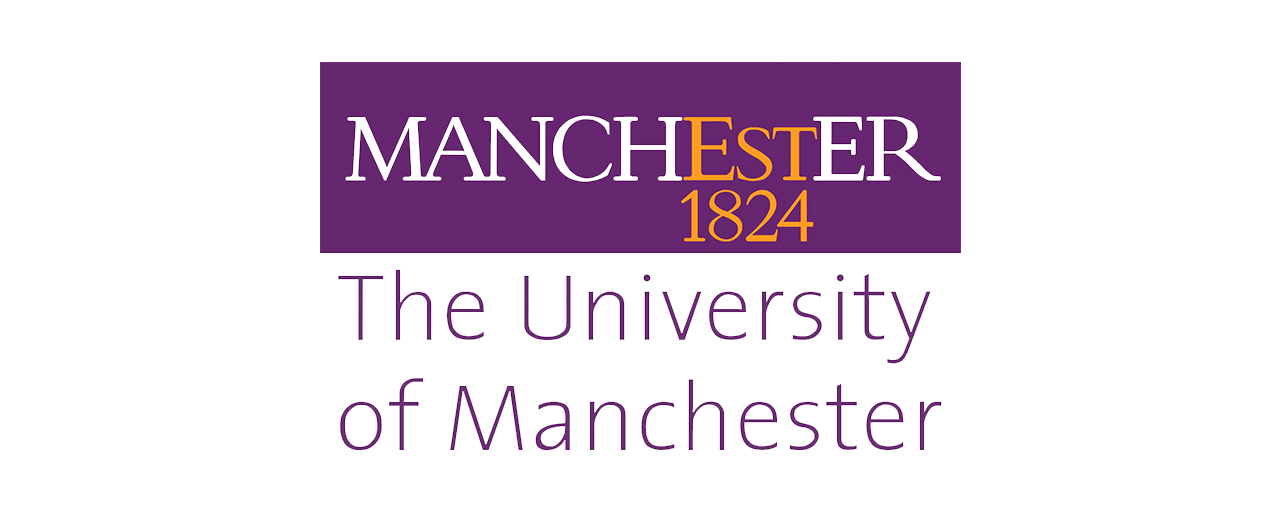Biostatistics: Unlocking the Power of Data in Health Sciences
Biostatistics is a dynamic field at the intersection of biology, statistics, and medicine. It equips students with the skills to analyze biological data, design experiments, and interpret results that drive advancements in healthcare, pharmaceuticals, and public health. For Indian students aspiring to study abroad, pursuing a degree in Biostatistics opens doors to cutting-edge research opportunities, global collaborations, and high-impact careers. Whether you're passionate about epidemiology, clinical trials, or genomics, this course transforms raw data into life-saving insights.
Why Choose Biostatistics for Your Study Abroad Journey?
As an Indian student, you might be familiar with the growing emphasis on data-driven decisions in India's healthcare sector, from COVID-19 tracking to vaccine development. Studying Biostatistics abroad allows you to build on this foundation with world-class resources and methodologies not always accessible in India. Here's why it's a smart choice:
- Global Demand: With the rise of big data in healthcare, biostatisticians are in high demand worldwide. The field offers job security and competitive salaries, especially in countries like the USA and UK.
- Interdisciplinary Appeal: It blends math, biology, and computer science, making it ideal if you have a background in B.Sc. Statistics, Biotechnology, or Medicine from Indian universities like IITs or AIIMS.
- Impactful Careers: Contribute to solving real-world problems, such as disease outbreaks or personalized medicine, while gaining exposure to international standards.
- Study Abroad Advantages: Access state-of-the-art labs, diverse peer groups, and faculty from leading institutions, enhancing your resume for both Indian and global job markets.
Indian students often find that a foreign degree in Biostatistics provides a significant edge in competitive exams like GATE or for PhD admissions back home, besides facilitating work visas in host countries.
Course Overview: What to Expect in a Biostatistics Program
Biostatistics programs abroad are typically offered at Master's (M.S.) or Ph.D. levels, lasting 1-2 years for Master's and 4-6 years for Ph.D. They emphasize practical skills alongside theoretical knowledge, preparing you for roles in research, policy-making, or industry.
Core Curriculum Highlights
The curriculum varies by university, but common modules include statistical theory applied to biological problems. Below is a sample structure for a typical M.S. in Biostatistics:
| Semester | Key Modules | Focus Areas |
|---|---|---|
| First Semester | Probability and Statistical Inference Linear Models and Regression |
Foundational math for data analysis; handling continuous and categorical data in biology. |
| Second Semester | Clinical Trials Design Survival Analysis |
Ethical trial planning; time-to-event data for diseases like cancer or HIV. |
| Third Semester | Epidemiology Methods Bioinformatics and Genomics |
Population health studies; computational tools for genetic data. |
| Fourth Semester | Capstone Project/Thesis Advanced Topics in Biostatistics |
Real-world application; electives like machine learning in health or Bayesian methods. |
Many programs incorporate hands-on projects using software like R, SAS, Python, and SPSS. For Indian students, this is a boon as these tools are increasingly used in Indian pharma giants like Dr. Reddy's or Sun Pharma. Expect assessments through exams, assignments, and a thesis—often involving collaborations with hospitals or biotech firms.
Duration and Format
- Full-Time Master's: 1-2 years, with options for online/hybrid modes post-pandemic.
- Ph.D. Programs: Research-intensive, including teaching assistantships that can offset costs.
- Specializations: Choose tracks in public health, pharmacometrics, or environmental biostatistics to align with your interests.
Eligibility Criteria for Indian Students
Admission requirements are straightforward but competitive. Most universities require:
- A bachelor's degree in a related field (e.g., Statistics, Biology, Mathematics) with at least 60-70% marks from a recognized Indian university.
- Standardized Tests: GRE (Quantitative section is crucial) or GMAT; some waive it for strong academic profiles. TOEFL/IELTS scores: 90-100 for TOEFL or 6.5-7.0 for IELTS.
- Documents: Statement of Purpose (SOP) highlighting your interest in biostatistics—mention any Indian projects like NSSO health surveys. Letters of Recommendation (2-3), CV, and transcripts.
- Work Experience: Preferred but not mandatory; internships in Indian research institutes like ICMR boost applications.
Visa processes for countries like Canada or Australia are student-friendly for Indians, with post-study work permits up to 3 years. Start applications 8-12 months in advance via platforms like UCAS (UK) or Common App (USA).
Top Destinations and Universities for Biostatistics
Choosing the right country depends on your goals—affordability, research focus, or job prospects. Here's a quick guide:
- USA: Leader in innovation. Top picks: Harvard University (School of Public Health), Johns Hopkins Bloomberg School, University of Washington. Tuition: $40,000-60,000/year. Strengths: NIH-funded research; strong alumni network in India.
- UK: Shorter programs (1 year Master's). Universities: London School of Hygiene & Tropical Medicine (LSHTM), University of Oxford. Fees: £20,000-30,000. Ideal for epidemiology ties to Indian health challenges like tuberculosis.
- Canada: Affordable and welcoming. University of Toronto, McGill University. Costs: CAD 20,000-40,000/year. Benefits: PR pathways via Express Entry, relevant for returning to India's growing biotech sector.
- Australia: Focus on public health. University of Melbourne, University of Sydney. Fees: AUD 30,000-50,000. Perks: Post-study work visa and scholarships for South Asian students.
Compare options based on your budget and career aspirations. For instance, the USA offers the highest salaries (average $95,000 starting), while the UK provides quicker completion.
Career Prospects After Studying Biostatistics Abroad
A degree in Biostatistics abroad catapults your career, with versatile roles across sectors. Indian students often leverage this for global mobility or premium jobs back home.
Key Job Roles and Salaries
| Role | Description | Average Salary (USD) | Relevance for Indians |
|---|---|---|---|
| Biostatistician | Analyze clinical data for drug trials. | 90,000-120,000 | High demand in Indian CROs like Quintiles. |
| Epidemiologist | Study disease patterns in populations. | 80,000-110,000 | Aligns with ICMR roles; global NGOs like WHO. |
| Data Scientist (Health) | Apply ML to genomic datasets. | 100,000-140,000 | Booming in India's health tech startups like Practo. |
| Clinical Research Associate | Manage trials for pharma companies. | 70,000-100,000 | Opportunities with Indian firms abroad, e.g., Cipla. |
Post-graduation, 80% of students secure jobs within 6 months. In India, returnees earn 20-50% more than local graduates, with roles at ISRO's health divisions or private sectors. Networking via LinkedIn or alumni events from your abroad program is key.
Scholarships and Financial Aid for Indian Students
Studying abroad can be expensive, but numerous scholarships ease the burden. Target these:
- Fulbright-Nehru Master's Fellowships (USA): Covers tuition and living for outstanding Indians.
- Chevening Scholarships (UK): Full funding for leadership potential; many biostats applicants succeed.
- Vanier Canada Graduate Scholarships: CAD 50,000/year for Ph.D. research.
- Endeavour Scholarships (Australia): For postgraduate studies, including travel allowances.
- University-Specific Aid: Harvard offers need-based grants; check for merit awards in stats departments.
Additionally, Indian government schemes like JN Nehru Memorial Fund or education loans from SBI at low interest help. Budget for living costs: $15,000-25,000/year, depending on the city—affordable options in Canada vs. pricier NYC.
Tips for Success from Indian Alumni
"My M.S. from Johns Hopkins helped me analyze data for India's polio eradication—abroad exposure was invaluable," shares Priya Sharma, now a senior analyst at WHO.
- Build a strong quantitative profile in India through online courses on Coursera (e.g., Johns Hopkins' Data Science Specialization).
- Join Indian student associations abroad for support—many universities have dedicated groups.
- Focus on research internships; they lead to publications and stronger visa profiles.
- Balance studies with cultural adaptation—explore local Indian communities to combat homesickness.
Embarking on a Biostatistics journey abroad is more than education; it's a gateway to influencing global health. With India's healthcare revolution underway, your international expertise will make you a sought-after professional. Start exploring applications today and turn data into destiny!

